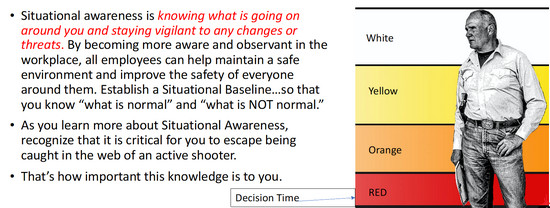The Eclipse… On April 8th, we are going to have a total eclipse of the sun.
The path will cross right over our area. Excitement is quite high as many scientists and tourists are expected to be here. Hotel rooms are renting for astronomical amounts of money. It will be quite a big party, full of excitement. Totality lasts for about 3 1/2 minutes so it will be like night right in the middle of the afternoon.
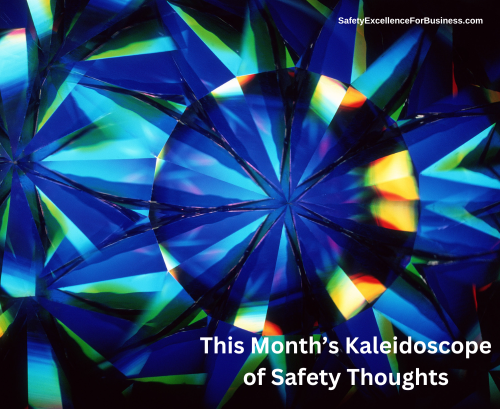
The safety challenges will be significant. Special glasses are needed to look directly at the sun, so I hope people will have and use them. Crowds on Center Street in Lewiston, New York, will be thick, so I hope no one gets run over. I have heard that some people can get disoriented during the totality. The birds get quite disturbed and make a lot of noise. At Fort Niagara in Youngstown, New York, will have all sorts of historical activities to help celebrate. They will fire some cannons and have special drills. People will be all over the place.
This will be quite something!
Big Crowds-Big Hazards
Big crowds attract all sorts of people. Most will be just great and have lots of fun. However, we need our situational awareness hats on as well. There will be lots of excitement and some accidents; hopefully none will be too serious. There may be some people who get sucked into a fight and then look out. There may be some who get quite drunk in their celebrating and that can be a problem. Hopefully any raucousness will be little. But we have to be on alert and have good situational awareness because there may be someone who wants to really hurt people.
Every community has a few people who are having trouble and are quite dangerous, so this problem is not out of the question. We will all need to be looking out for each other. Situational Awareness means keeping alert to your surroundings all the time.
Shifting into Springtime or Fall
The Eclipse isn’t the only thing going on. All of you are moving into Spring if you are in the Northern Hemisphere or into Fall if you are in the Southern Hemisphere. Either way, you are facing changes of season and the adjustments you’ll need to make. Try not to hurry so you do not miss the special, good aspects of the changing seasons.
When it comes to your work, what new demands do you face? Cleaning up from the winter or preparing for it takes some thought and making sure the equipment you need is ready. For example, are the special demands of heat stress being considered and is the training and equipment ready? For those of you down-under, are you ready for the cold? I was a manager in one plant where we were surprised each winter by pipes freezing. People kept putting off the inspection and repairs of pipe insulation, so the first freeze hit pretty hard with lots of frozen lines. This happened every winter. You would think we would have learned.
Election Season Here in the USA
The level of polarization and anger is huge. It is hard to have civil conversations about the various issues. The court battles are hard to follow. The media do not tell the truth. Justice is unevenly applied. It goes on and on.
This stuff should be kept out of the workplace, if possible. You do not want these distractions since they will lead to unsafe conditions, injuries, and incidents. We have enough to worry about without the politics spilling into the work.
I am an advocate of sharing information, but there are times when we must use caution. We need to share information about the work, the competition, safety, etc., but the political stuff is just trouble. You must keep it out and not contaminate your culture.
I hope you’ll share these safety-related thoughts with your team. Safety Vigilance is what we all need. Give me a call 716-622-7753 to talk more about this kaleidoscope of safety pieces!
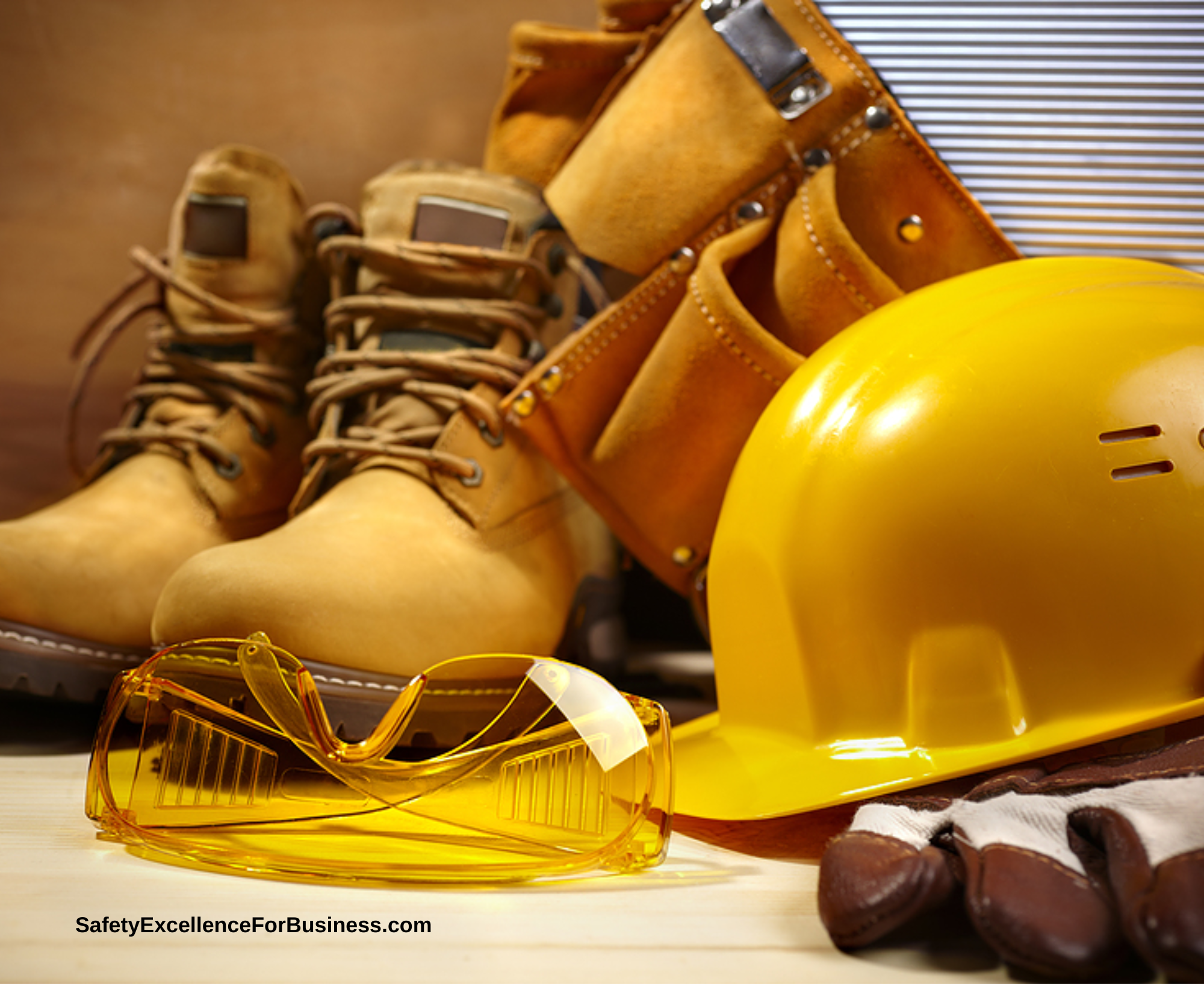
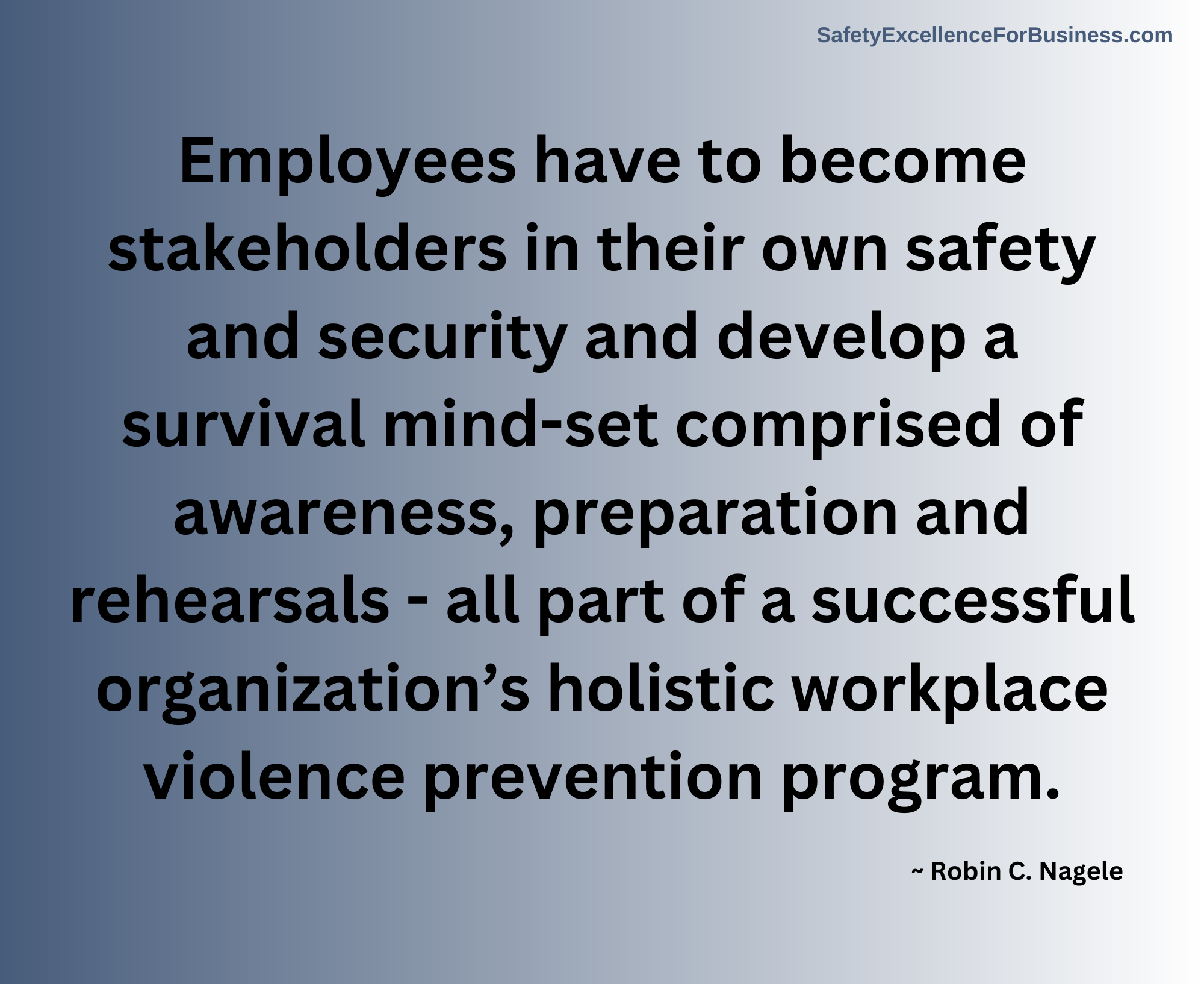
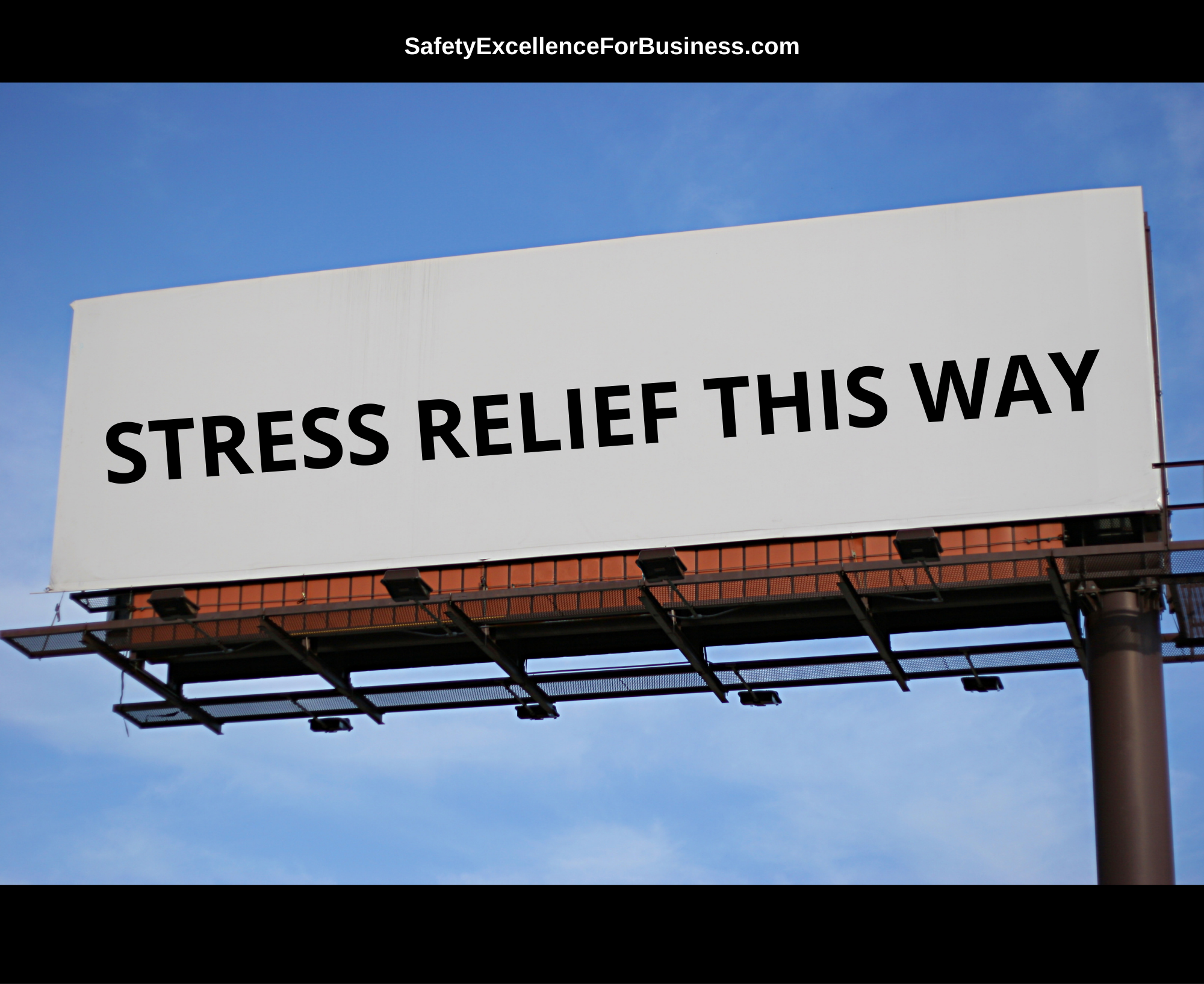
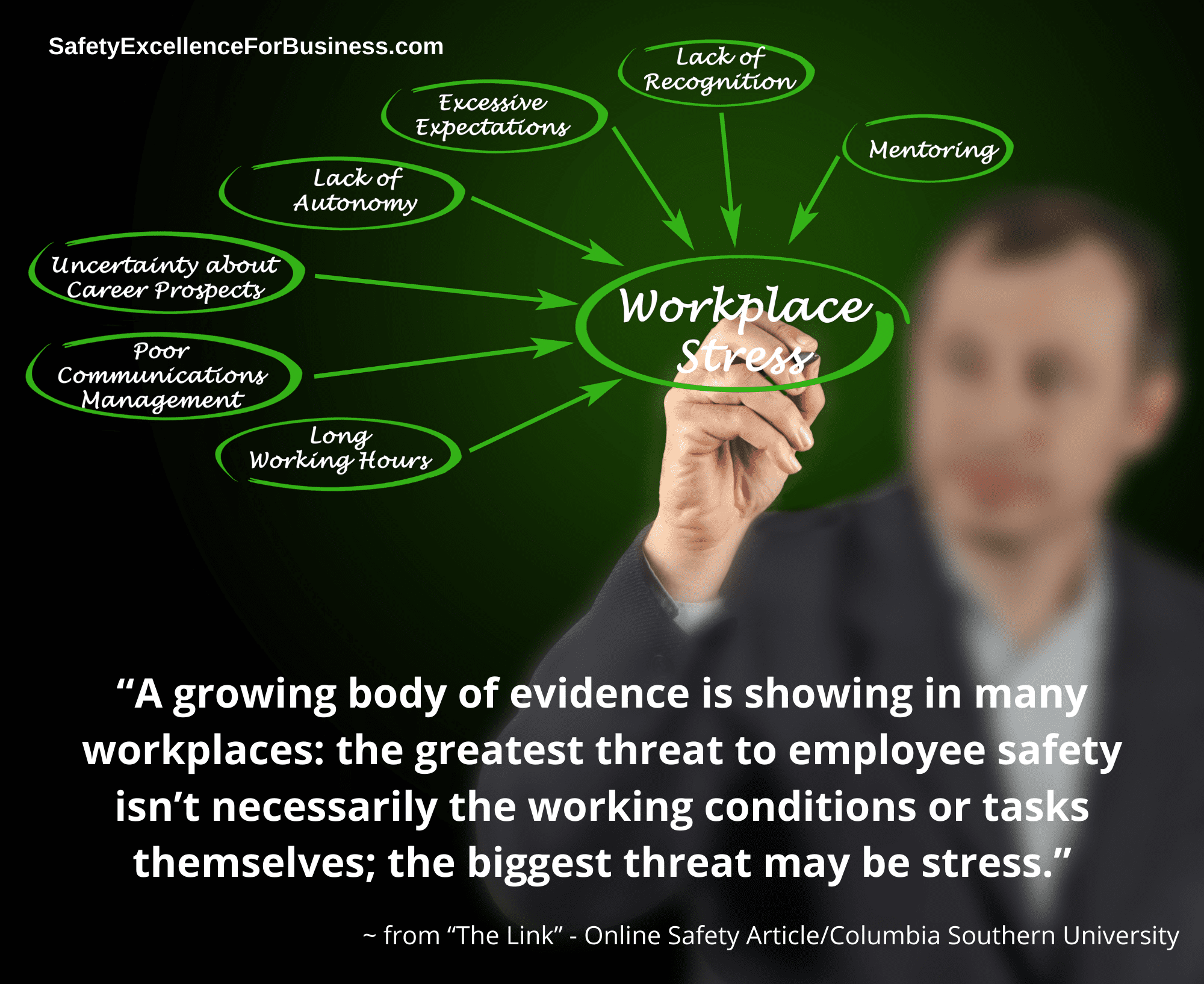
 Our knowledge, experience and education enable us to understand what is going on around us and helps us to determine if it is safe…if we are “clued in.” This is not a complicated idea, yet we see so many people who seem to be totally oblivious about what is going on around them.
Our knowledge, experience and education enable us to understand what is going on around us and helps us to determine if it is safe…if we are “clued in.” This is not a complicated idea, yet we see so many people who seem to be totally oblivious about what is going on around them.